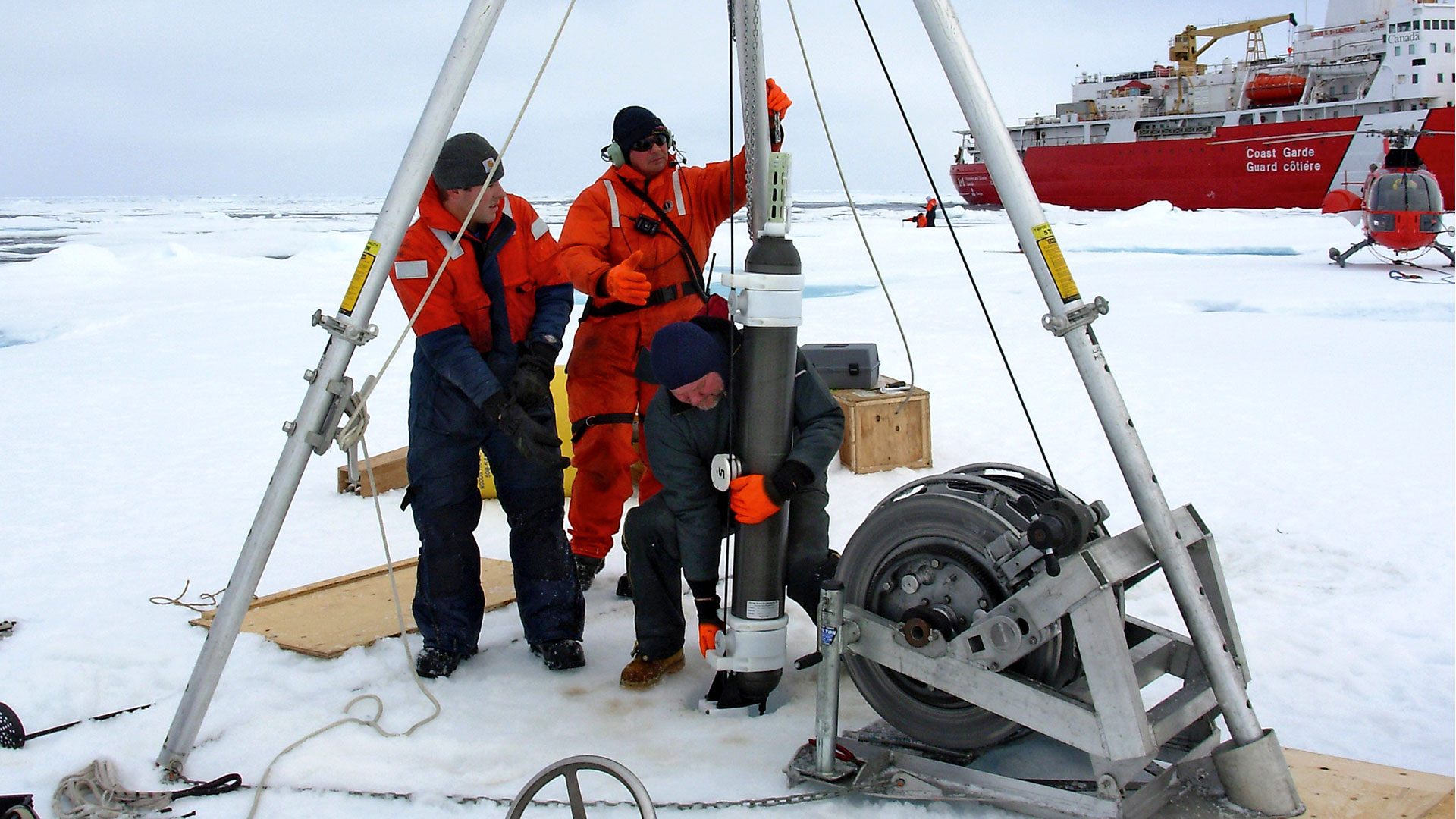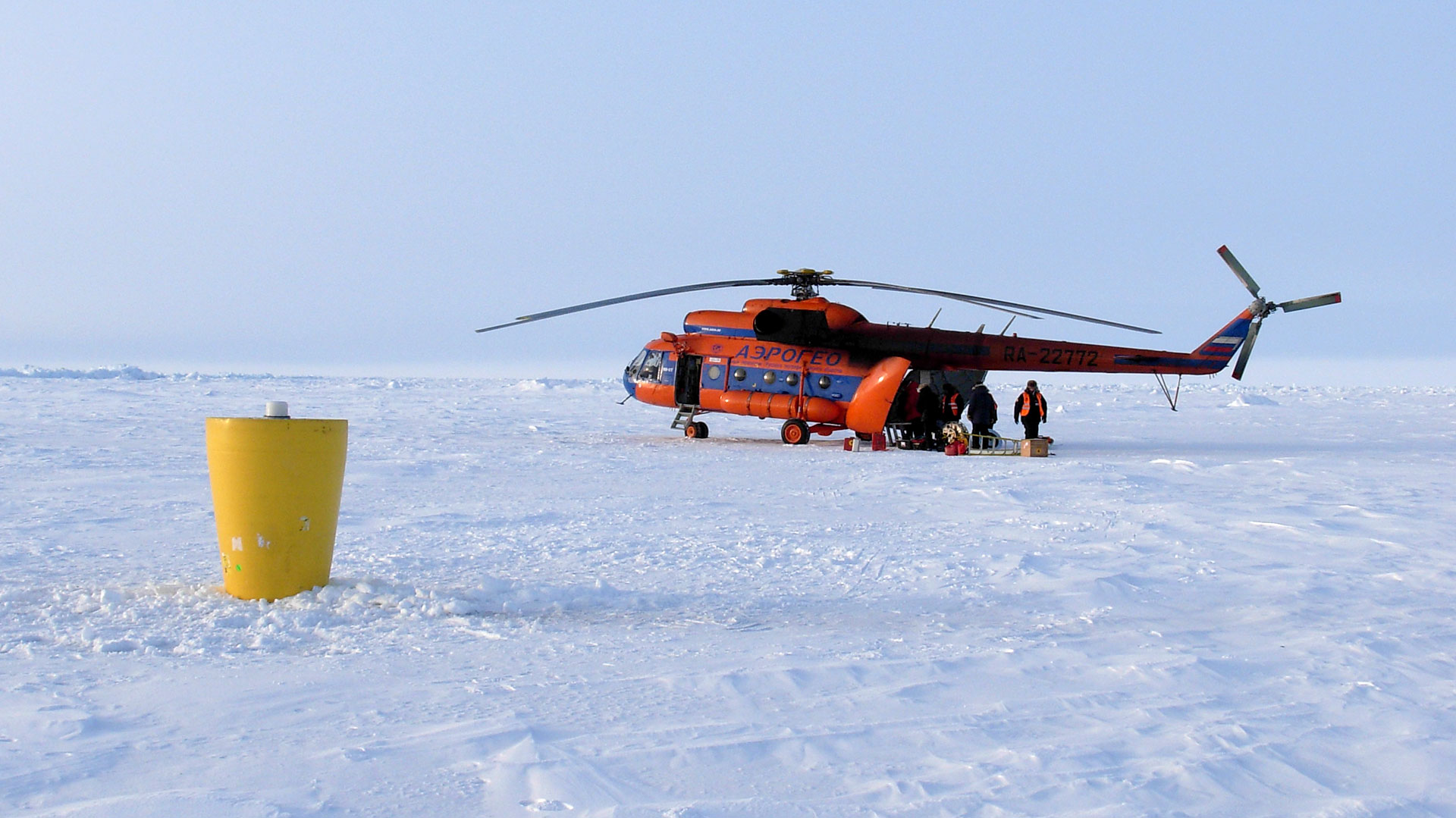
Overview
The Arctic Ocean has historically been sparsely observed, and this observational gap represents a critical shortcoming of the global ocean observing system. Addressing this gap, the original ‘Ice-Tethered Profiler’ (ITP) and second-generation profiler termed the 'Tethered Ocean Profiler' (TOP) repeatedly sample the properties of the ice-covered Arctic Ocean at high vertical resolution over time periods of up to three years. Analogous to the international Argo float program that is employing autonomous profiling floats to return real-time seawater property data from the temperate oceans, we are working together with fellow North American, European and Asian investigators to maintain a loose array of ITPs / TOPs throughout the ice-covered Arctic. We hope that the analysis of data from these instruments will lead to better understanding of the Arctic Ocean and the coupled atmosphere-ice-ocean system.

How it Works
The ITP and TOP systems consist of a small surface capsule that sits atop an ice flow, or floats in the absence of sea ice, and supports a wire rope tether that extends through the ice and down into the ocean, ending with a weight (intended to keep the wire vertical). A cylindrical underwater instrument (in shape and size much like an Argo float) mounts on this tether and cycles vertically along it, carrying oceanographic sensors through the water column. Water property data are telemetered from the ITP and TOP systems to shore in near-real time.


Acknowledgements
The engineering design work for the ITP was initiated by the Cecil H. and Ida M. Green Technology Innovation Program (a WHOI-internal program). Prototype development and construction was funded jointly by the U.S. National Science Foundation (NSF) Oceanographic Technology and Interdisciplinary Coordination (OTIC) Program and Office of Polar Programs (OPP). Ongoing ITP activities are being supported by the Arctic Sciences Division of OPP.
